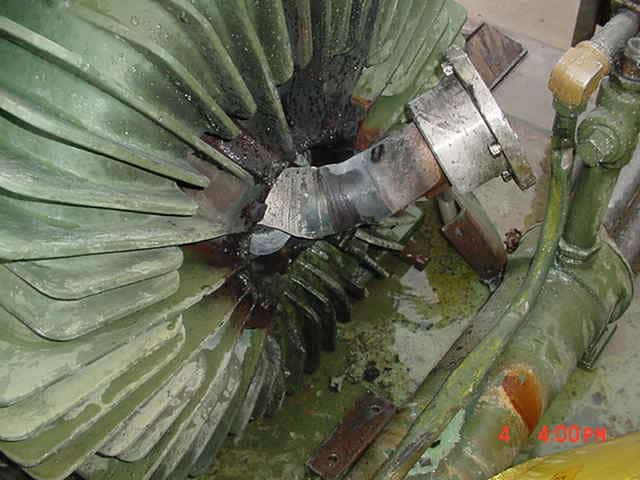What Happens When a Root Cause Analysis Conflicts with Management Expectations … And the Analyst Goes to the Press?

Incident Goes from Bad to Worse
One of the most difficult root cause analyses deals with safety culture and management systems. I was reading an article about an investigator who, after he thought management didn’t react appropriately to his investigation, went to the press to “restore the focus on safety.”
I would guess that he thought that the root cause analysis report/presentation didn’t get the attention it deserved from management. Would you agree that going to the press is both a failure for the analyst and management? Nobody is a winner. Everybody loses.
How to Avoid this Situation

How would you (as management or an analyst) avoid this situation? I think there are four possibilities:
1) Analyst – Use a root cause analysis system that is based on facts and guidance in the areas of management systems/culture (TapRooT® RCA). This should provide a better presentation and, if management understands the system, should get better support for change.
2) Management – Select knowledgeable analysts that have the ability to work with management and help management see where improvement is needed. Management should make sure that analysts’ skills are continually upgraded.
3) Management – Management should be involved in the root cause analysis process, getting updates as the investigation progresses. Then they should be prepared for the root causes that are discovered and the corrective actions that will make change happen. This is especially true if they know the root cause analysis process.
4) Management – Management should have a peer review system for investigations BEFORE they are presented to management and have a post-investigation rewards system for thorough investigations with effective corrective actions. The peer reviewers can use a grading system as the one suggested in THIS ARTICLE. Grading the investigation can help analysts improve and provide an analytical basis for the rewards system.
What Should You Do to Avoid this Type of Problem at Your Site?
First, ask yourself, what have you done at your facility to improve root cause analysis and prevent missed management expectations?
Are the investigators you use for potentially serious/sensitive investigations trained at the 5-Day TapRooT® Advanced Root Cause Analysis Team Leader Training?
Are your managers trained about their role in root cause analysis? Have you considered having them attend a TapRooT® Executive Leadership’s Role in Root Cause Analysis (course length customizable: 6-hour virtual or 1-day/ 2-day in-person). Usually, these are on-site courses, but we have a 1-Day Public TapRooT® Executive Leadership’s Role in Root Cause Analysis Course coming up on April 25, just before the Global TapRooT® Summit (on April 26-28). Find out more about the Pre-Summit Courses HERE. Find out more about the 2023 Global TapRooT® Summit HERE.
Are you keeping your investigators’ skills up to date by having them attend advanced training and refresher training that is offered annually before the Global TapRooT Summit? Once again, see the Pre-Summit Courses at THIS LINK. And consider having them attend the Summit as well. I would suggest:
Just click on the links above to see the sessions in each track, and CLICK HERE for more Summit info.
Avoiding a misunderstanding between an analyst and management or a poor root cause analysis on a sensitive investigation is worth the effort I’ve suggested.




Good article